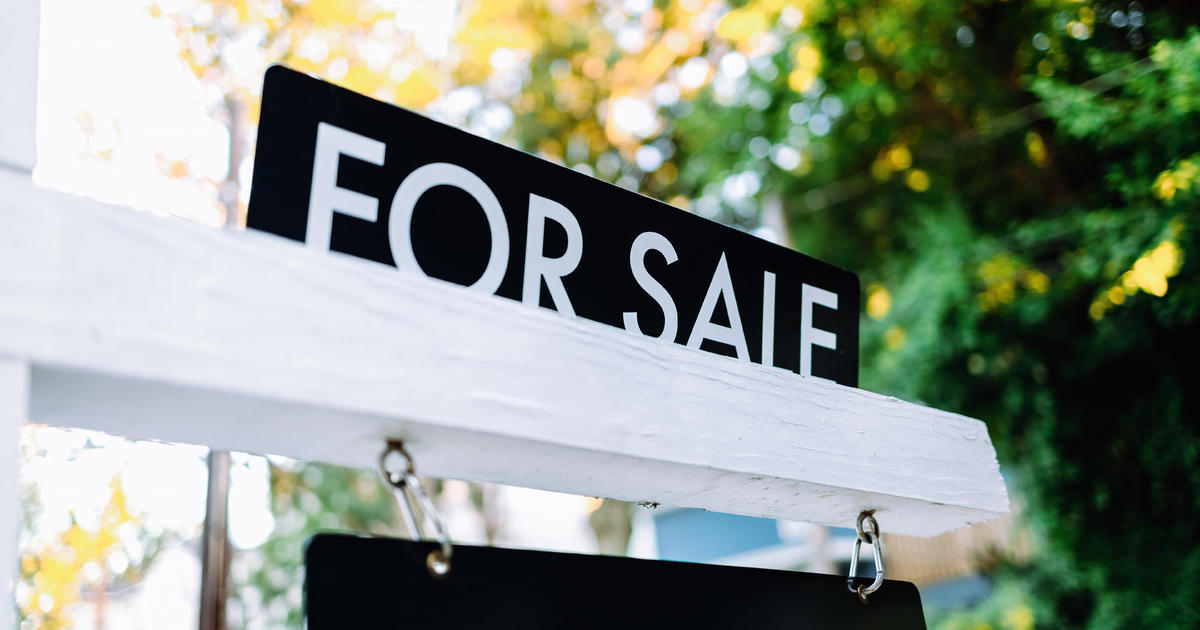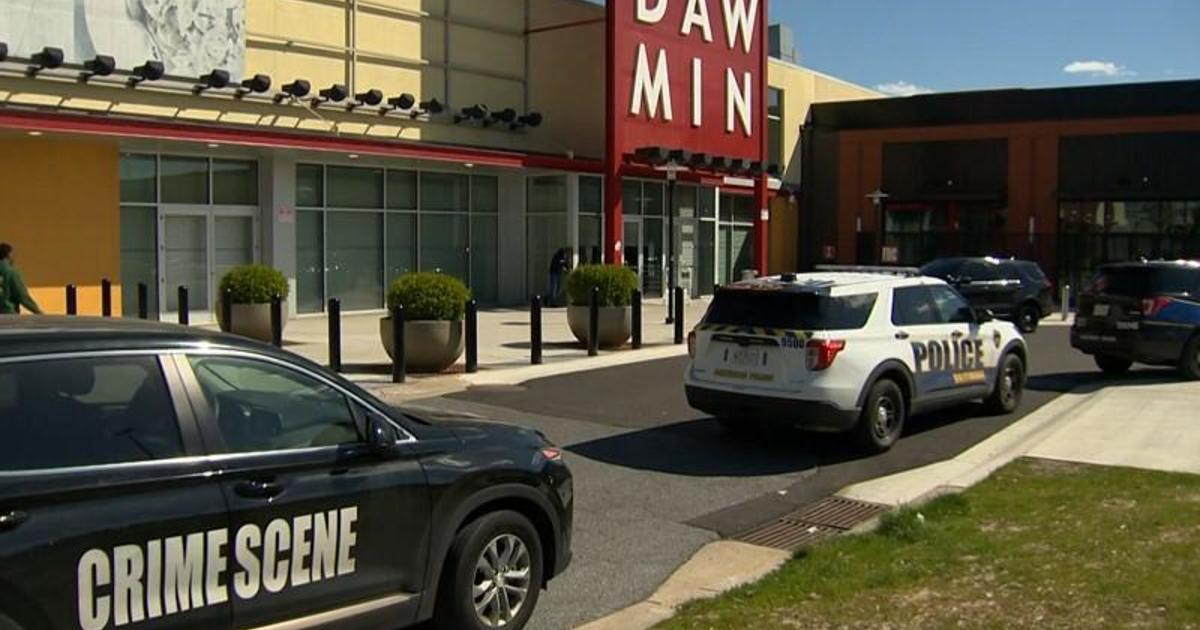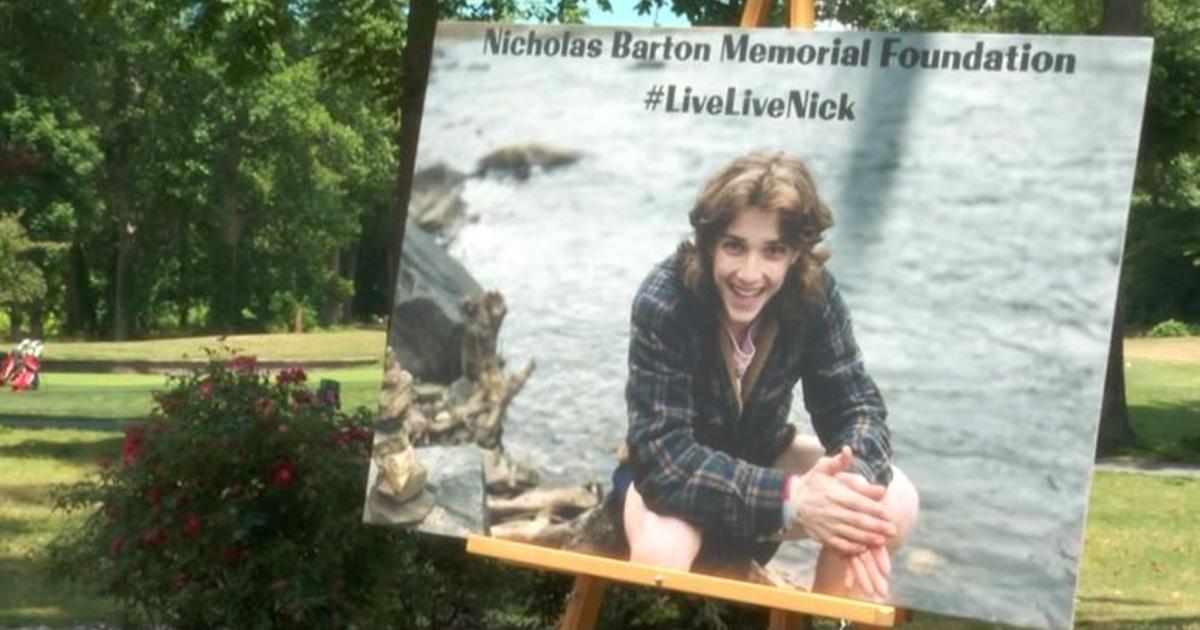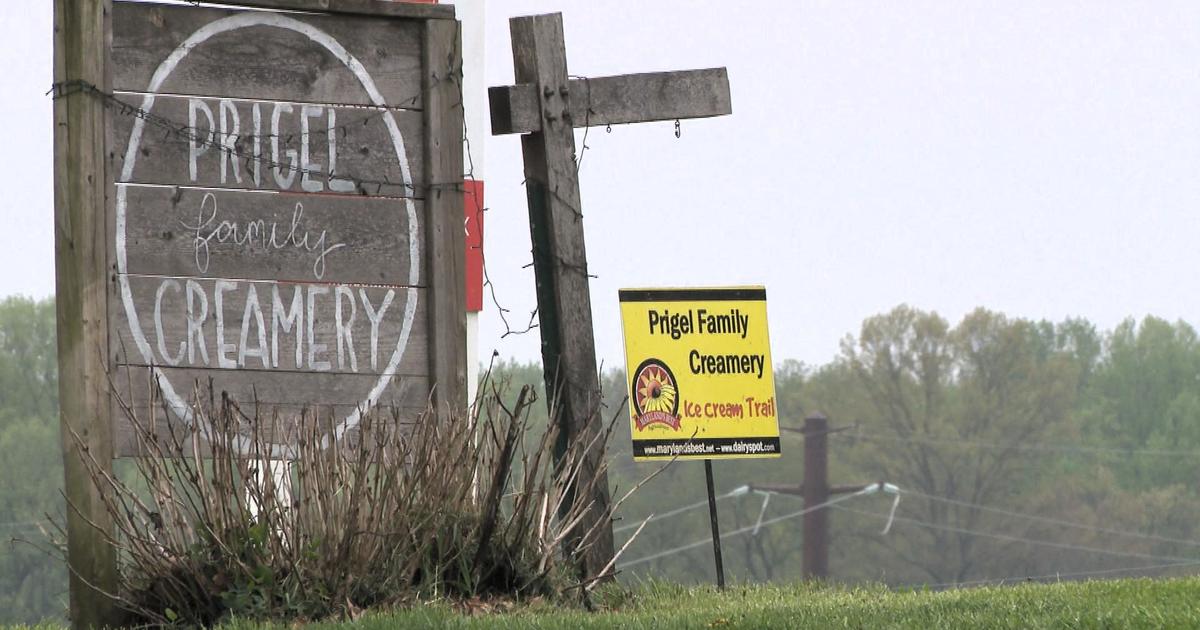The US Has Added 1M New Coronavirus Cases In Just 5 Days, Johns Hopkins University Data Shows
(CNN) -- After the first cases of Covid-19 were confirmed in the United States on January 20, it took almost 100 days to reach 1 million infections. Now, the country has added more than 1 million cases to its grim total in just five days.
From Tuesday to Saturday, 1,000,882 new coronavirus cases were reported in the US, according to data from Johns Hopkins University, bringing the totals to more than 14.6 million confirmed cases and 281,513 deaths from the virus.
Maryland saw its highest daily increase total over the weekend, with 3,792 new cases on Friday.
In 13 hours on Sunday, from midnight to 1 p.m. ET, the country added 53,574 new cases. In the same period, there were 327 deaths, about 25 people an hour.
As of Saturday, the US averaged 190,948 new cases over the last week, another record high, according to a CNN analysis of Johns Hopkins University data. And more than 101,487 Covid-19 patients were in US hospitals on Sunday, per the Covid Tracking Project. The first six days of December brought the highest hospitalization numbers since the pandemic began.
Experts and health care workers fear things will only get worse, with a potential surge of infections fueled by Thanksgiving travel and gatherings.
"Every single day, thousands more people are getting this virus, and we know that means that in a few days, in a week, hundreds of people are going to be coming to the hospital and hundreds of people are going to die," Dr. Shirlee Xie, associate director of hospital medicine for Hennepin Healthcare in Minneapolis, told CNN, her voice breaking with emotion.
"I think that sometimes when you hear statistics like that, you become numb to what those numbers mean," she said. "But for us, the people that are taking care of these patients, every single number is somebody that we have to look at and say, 'I'm sorry, there's nothing more I can do for you.'"
Millions of Californians face stay-at-home orders Sunday
Roughly 33 million residents of the country's most populous state will find themselves under new stay-at-home orders beginning Sunday in an effort to prevent hospitals from being overrun.
New restrictions will go into effect at 11:59 p.m. PT for large portions of California, including the Southern California and the San Joaquin Valley regions, after intensive care unit capacity dropped below 15%, triggering a mandate issued by Gov. Gavin Newsom last week.
The orders come as Los Angeles County on Sunday reported more than 10,500 new cases in one day, surpassing the 10,000 mark for the first time. Statewide, there were more than 30,000 new cases, the highest ever recorded in the state.
Under the orders, businesses like bars, hair salons, museums, movie theaters and indoor recreational facilities will be forced to close. Restaurants will be limited to takeout and delivery service while retail businesses can continue to operate at 20% capacity.
Schools already open for in-person learning can stay open, along with other critical infrastructure businesses.
Similar restrictions will take effect in the San Francisco Bay Area after six jurisdictions announced a stay-at-home order even though the region's ICU capacity remains above 15%. It affects the counties of Alameda, Contra Costa, Marin, Santa Clara and San Francisco, as well as the city of Berkeley.
Orders there will begin to go into effect Sunday, with Alameda County's restrictions beginning Monday and Marin putting restrictions in place on Tuesday. Restrictions will remain in place until at least January 4, 2021.
Adults must get vaccinated for students to return to school
The US Food and Drug Administration's independent vaccine advisory committee is set to meet this week to review Pfizer's Covid-19 vaccine and consider its application for emergency use authorization.
It will likely be months before all adults in the US can be vaccinated against the virus, and the wait will be even longer for children -- but they can still be protected by vaccine distribution, said Dr. Robert Wachter, chairman of the department of medicine at University of California, San Francisco.
Wachter says that if adults get vaccinated, children could reap the benefits.
"If we can get everybody else vaccinated -- we can get all the adults vaccinated and get the virus to die out because we get somewhere near herd immunity -- the kids may be less important."
"I think it's reasonable to expect that the kids will be back in school in the fall, not so much because all of them have been vaccinated -- although I hope they will -- but everybody around them has been vaccinated, and the rate of virus in their communities has fallen to a point that is perfectly safe for them to be in school," Wachter said.
Earlier this week, vaccine advisers to the US Centers for Disease Control and Prevention voted 13-1 to recommend that both health care workers and residents of long-term care facilities be first in line for any vaccines that get the green light from the US Food and Drug Administration.
Kids are likely to be vaccinated relatively late in the game because Covid-19 vaccines are largely untested on children. The National Vaccine Advisory Committee voted Friday not to recommend emergency use of a Covid-19 vaccine in children, noting that children generally experience a milder version of the disease.
Vaccine chief hopes for drop in elderly Covid-19 deaths
Moncef Slaoui, chief scientific adviser for the public-private vaccine program known as Operation Warp Speed, said he hopes to see a "quite significant" drop in coronavirus illness and death among the elderly population by January's end.
Noting that 40% to 50% of US deaths are coming from elderly Americans residing in long-term care facilities, Slaoui told CNN, "We should be able to have immunized that full population, and the health care workers that take care of them by the end of the month of December or by the middle of the month of January."
By the middle of March, he said, the United States should have vaccinated its highly susceptible population, which is about 100 million people, while the rest of the country "will not all have the vaccine in our arms before May or June."
Manufacturing the vaccine has been "somewhat more complicated and more difficult than we planned," Slaoui said, adding that scientists are six to eight weeks behind "an ideal scenario where we would have had 100 million doses by the end of this year." The nature of fast-tracking a vaccine means more issues may arise, he said.
"This is not an engineering problem. These are biological problems. They are extremely complex, and we don't control 100% of everything as it happens," he said. "There will be small glitches."
The vaccine, which will come in two doses -- a challenge to produce and distribute in the necessary quantities -- will likely reach healthy, non-elderly Americans with no known underlying health conditions in late March to early April, said Dr. Anthony Fauci, director of the National Institute of Allergy and Infectious Diseases.
The-CNN-Wire
™ & © 2020 Cable News Network, Inc., a WarnerMedia Company. All rights reserved.



